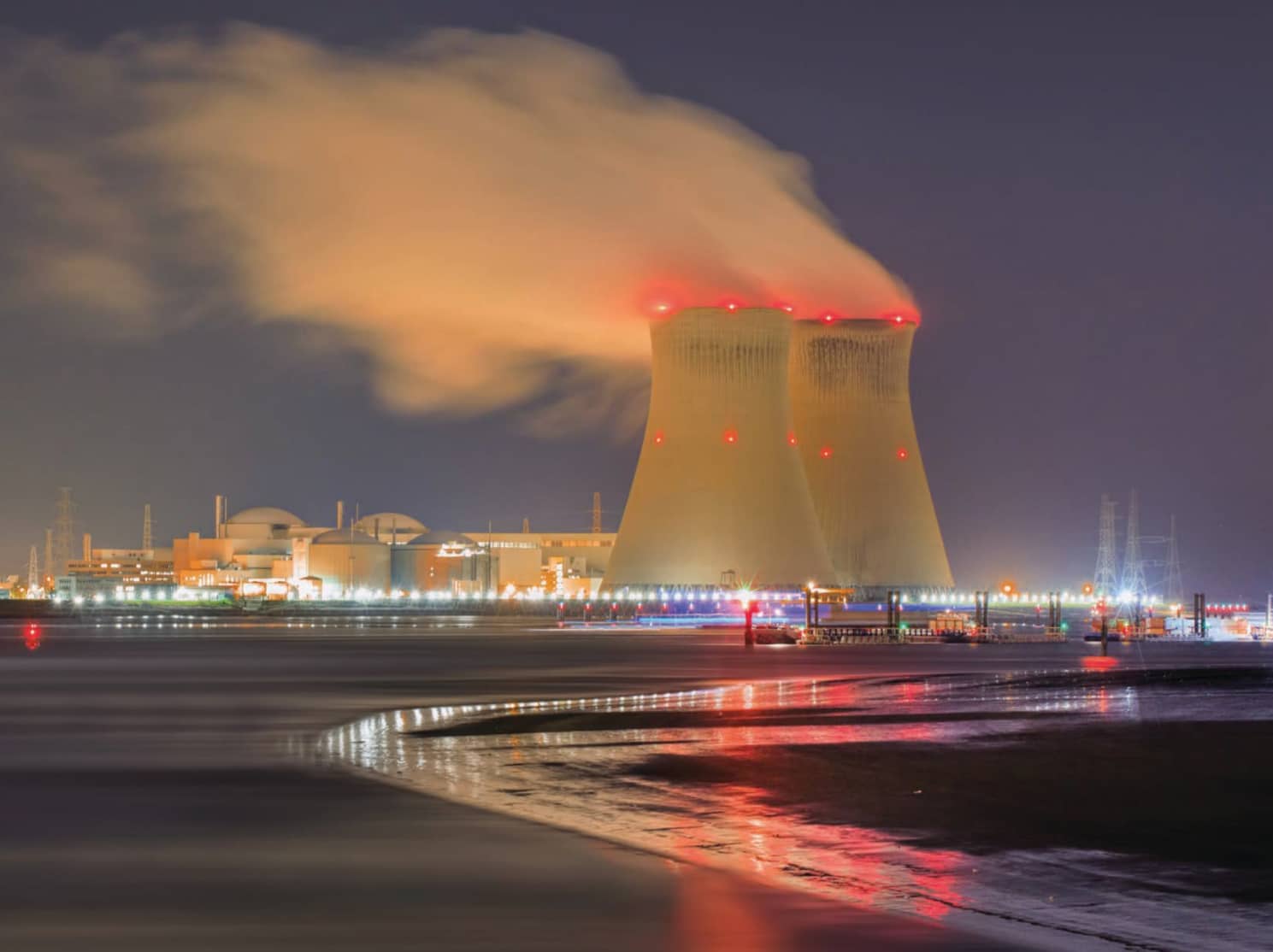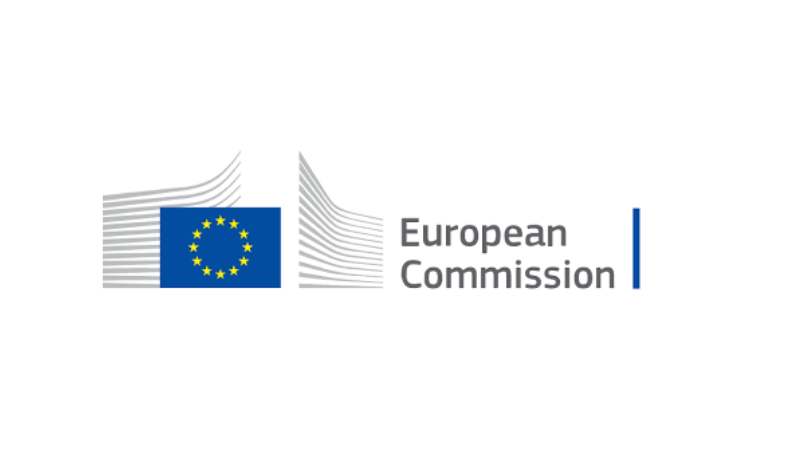The struggle to reach a common understanding of environmental, social and governance (ESG) investing may confuse or put off some investors, but the decades-old nuclear debate gives us some idea of the scale of the challenge facing standard-setters.
There is no globally respected conception of sustainable investing, despite seemingly endless regulation and targets drawn up by the United Nations, European Commission, Securities and Exchange Commission, BaFin and the AMF, or non-profit organisations such as the Sustainability Accounting Standards Board or International Financial Reporting Standards Foundation (IFRS).
Yet each time a new initiative, law or benchmark is released by one of these international bodies, investors buzz to align themselves, and index providers and ETF issuers are happy to satisfy this new demand. The difficulty then comes in those contentious areas, such as what role fossil fuel companies and nuclear energy should play in the energy transition, which force ETF issuers to guess how investors will react to certain sectors being included or excluded from their new products.
The result is a fragmented market of ideas and products, all of which are pushing towards an ostensibly similar end goal, but very few of which express the same view on how to get there. In few places is this lack of standardisation clearer than in the nuclear energy discussion, which Kenneth Lamont, senior analyst, passive strategies at Morningstar, said has seen a values-based discussion drive markets.
“It is a stony issue at a political level,” Lamont said. “There are many countries and regions that think nuclear should not be included in a sustainable investment portfolio. The role nuclear plays is heavily disputed and highly politicised, and this is much larger than the investment universe. The investment universe is merely a reflection of the conflicting ideas that there are about nuclear globally.”
Sustainability springboard
Inconveniently for those drawing the boundaries of ESG, both the advocates and detractors of nuclear raise valid points. Also, there are few industries capable of the same scale of potential positive and negative impacts.
For now, though, a few prominent failures have been enough to mire its reputation, and in turn the political appetite to renew nuclear capacity. Evidencing this, data from Robeco shows the global share of power generated by nuclear fell 3.5% during the decade to 2018. The manager added that this descaling will likely hasten in the coming years and predicted Europe will have only 35% of its current capacity by 2040, while the US will be down to just 56% of today’s levels.
This negative sentiment is primarily driven by events such as the 1986 Chernobyl reactor fire, which killed 31 people directly, with the Union of Concerned Scientists predicting up to 27,000 have died across Europe because of cancers, birth defects and other serious illnesses related to Chernobyl radiation exposure. More recently, the 2011 explosions at the Fukushima Daiichi facility were followed by the evacuation of 154,000 people from surrounding areas, and ultimately a decision by the German government to shut all 17 of its own nuclear plants by 2022.
Even in working order, nuclear reactors are highly resource-intensive and risky. In 2015, US reactors alone used 320 billion gallons of water during the process of electricity generation, according to research from Stanford University. Last year, Chemical and Engineering News reported there was more than a quarter of a million metric tonnes of radioactive waste sitting in storage across the world, waiting to be transferred to geological repositories for disposal.
Viewing nuclear power as the wrong path for the green transition, a Greenpeace statement said: “New nuclear plants are more expensive and take longer to build than renewable energy sources like wind or solar. If we are to avoid the most damaging impacts of climate change, we need solutions that are fast and affordable.
“Nuclear power is neither. There is still no safe, reliable solution for dealing with the radioactive waste produced by nuclear plants. Every waste dump in the US leaks radiation into the environment, and nuclear plants themselves are running out of ways to store highly radioactive waste on site.”
However, others argue while not being an entirely sustainable or ideal solution, nuclear has a very necessary role to play in the future energy mix. An IPCC report from 2014 also highlighted electricity generation from nuclear sources requires less land, less materials mining and produces less waste and four times less carbon than solar farms.
One proponent of nuclear is celebrated scientist, creator of the Gaia hypothesis and member of Environmentalists for Nuclear, James Lovelock.
In a statement made in 2004, Lovelock said: “By all means, let us use the small input from renewables sensibly, but only one immediately available source does not cause global warming and that is nuclear energy.
“To reach the scale at which they would contribute importantly to meeting global energy demand, renewable sources of energy such as wind, water, and biomass cause serious environmental harm. Measuring renewables in watts per square meter, nuclear has astronomical advantages over its competitors.
“We have no time to experiment with visionary energy sources; civilisation is in imminent danger and has to use nuclear – the one safe, available, energy source – now or suffer the pain soon to be inflicted by our outraged planet.”
While significant progress has been made in scaling up renewable energy, it still accounts for less than a third of current global power demand – with this demand only set to grow as more people gain access to electrical devices and structural shifts occur, such as the one from internal combustion to electric vehicles. The main concern with renewable sources, however, is their intermittence. While battery technology will help smooth periods of low output, this technology is yet to be scaled sufficiently in regions such as the UK.
In the meantime, nuclear should play a role as a stopgap, said a 2017 paper from Morningstar and Sustainalytics, titled Nuclear Power and ESG: Can They Play Together?, which added: “Preserving the existing nuclear fleet is the fastest way to meet US carbon emissions targets.”
Far from being the same leaky and haphazard entities that fail during safety tests – like Chernobyl – fourth-generation nuclear facilities are continuing to innovate. For instance, Canadian firm Terrestrial Power Energy replaces molten salt with water as a coolant, reducing water wastage, the creation of flammable hydrogen gas and the possibility of steam explosions. Other examples include the Bill Gates-backed startup TerraPower, which is working on plants that recycle their own waste as fuel to reduce the chance of radioactive waste mismanagement; and NuScale, which creates small modular reactors with passive cooling.
Unfortunately, these advances seem to have done little to move the needle on public opinion, and asset managers and regulators alike remain unsure of how to handle the nuclear red herring.
Challenges of a global standard
Evidencing this, the EC launched its Action Plan on Financing Sustainable Growth in March 2018 and the EC’s Technical Expert Group on sustainable finance followed this with the Taxonomy Technical Report two years later. This document, which aimed to set out the list of economic activities that financial professionals should consider sustainable, significantly excluded nuclear energy.
Just a few months later, in September 2020, the EC declared it would remain technology neutral in its strategy on financing sustainable growth and the energy transition. Not satisfied with this, the leaders of seven EU member states wrote a letter to the EC in March, calling on the organisation to accommodate all paths to climate neutrality. Later in the month, the EC’s scientific research arm, the Joint Research Centre, said in a report that nuclear deserves the green light for sustainable investment.
The month following, the EC announced it would include nuclear power in a complementary Delegated Act of the EU Taxonomy Regulation, which is also set to include natural gas. Still not satisfied, the ‘Nuclear Alliance’ of 15 ministers from European countries including France, Finland and the Czech Republic submitted an article in October that called for nuclear power to be included in the EC’s main industry taxonomy by the end of the year.
“Nuclear energy must be part of the solution,” the article said. “Renewables play a key role in the energy transition, but we need other sources of carbon-free energy to meet our needs consistently and sufficiently. Nuclear energy is essential. It already accounts for almost half of Europe’s carbon-free electricity production.”
While this group of nuclear-advocating policymakers may be pressuring the EC to soften its stance, such moves do little to sway more staunch opposition in regions such as Germany, a goal necessary to establish a truly global sets of standards. Detlef Glow, head of Lipper EMEA Research at Refinitiv, says while higher standards and definitions of what is sustainable might exist in individual countries, investors need a global consensus on minimum standards for sustainability and common standards for all reporting on ESG.
Optimistic on this front, he says companies’ financial reporting was disjointed prior to the introduction of IFRS, but now companies report based on a global and local standard. Glow says a similar framework could soon exist for ESG-related company reporting following the announcement of the International Sustainable Standards Board, a new global ESG standard.
In the meantime, Glow cautioned: “As long as there is no general definition of standards for ESG, we will have different opinions and views on what ESG is, and nuclear power is a perfect example for this. But even if ESG is defined at some point of time, investors may have a different view, as the definition of E, S and G is a personal topic that depends on the values of the respective investor. Nevertheless, a clear definition will help to set appropriate standards on ESG on all levels.”
First-mover disadvantage?
Any such global standard will have to be set by an intergovernmental or non-profit group, however, given not just the political importance of sustainability issues but also because – despite the significant market share enjoyed by MSCI in indexing and BlackRock in ETFs – members of the European ETF industry are reluctant about being outspoken on divisive issues such as nuclear energy. BNP Paribas Asset Management and Deka, for example, declined to comment when approached.
Morningstar’s Lamont said: “ETF issuers should just take a stance on the issue, but I fear that most of them do not want to step too far from the pack. That is why everybody is calling for this central authority on what ESG is and is not. They do not want to be making calls. They know that if they make a call one way, they will alienate investors in another. The asset management industry does tend to be rather conservative. We are not going to get many portfolio managers stepping out and making strong judgements about nuclear. The benefits of being outspoken as an asset manager are probably not worth the effort.”
Instead, Lamont said the preferred approach of ETF issuers is to take the path of least resistance, which often means excluding nuclear from their broad ESG products. “It is like having a vegan option on the menu at a restaurant,” he explained. “It probably has a relatively small customer base but it does not take much effort to offer one. It is a similar thing with nuclear. There are probably a small number of people who would be upset if nuclear gets included, but that is enough to make it worthwhile to just not offer exposure to it.”
Looking at nuclear exposure at different scales, Lamont said the MSCI World index offers a relatively small exposure of 1.75%, while the MSCI World ESG Screened index retains some exposure and the MSCI World ESG Leaders index actively excludes the sector.
It is a different story at the more targeted and specialist end of the spectrum, though, with the iShares Global Clean Energy UCITS ETF (INRG) containing a 14% weighting to companies involved in nuclear energy, while the Xtrackers EUR Corporate Green Bond UCITS ETF (XGBE) allocates as much as 17% to these firms.
Concluding, Lamont celebrated rather than bemoaning the disparities in ESG products on the market, saying both sides of the nuclear debate have legitimate views, and “we should have products that allow investors to express their beliefs”. He also said offering nuclear as an option in mixed ESG ETFs and more targeted thematics, such as those addressing the energy transition without claiming to be fully ESG, seems like an obvious decision for some ETF issuers.
Related articles:







